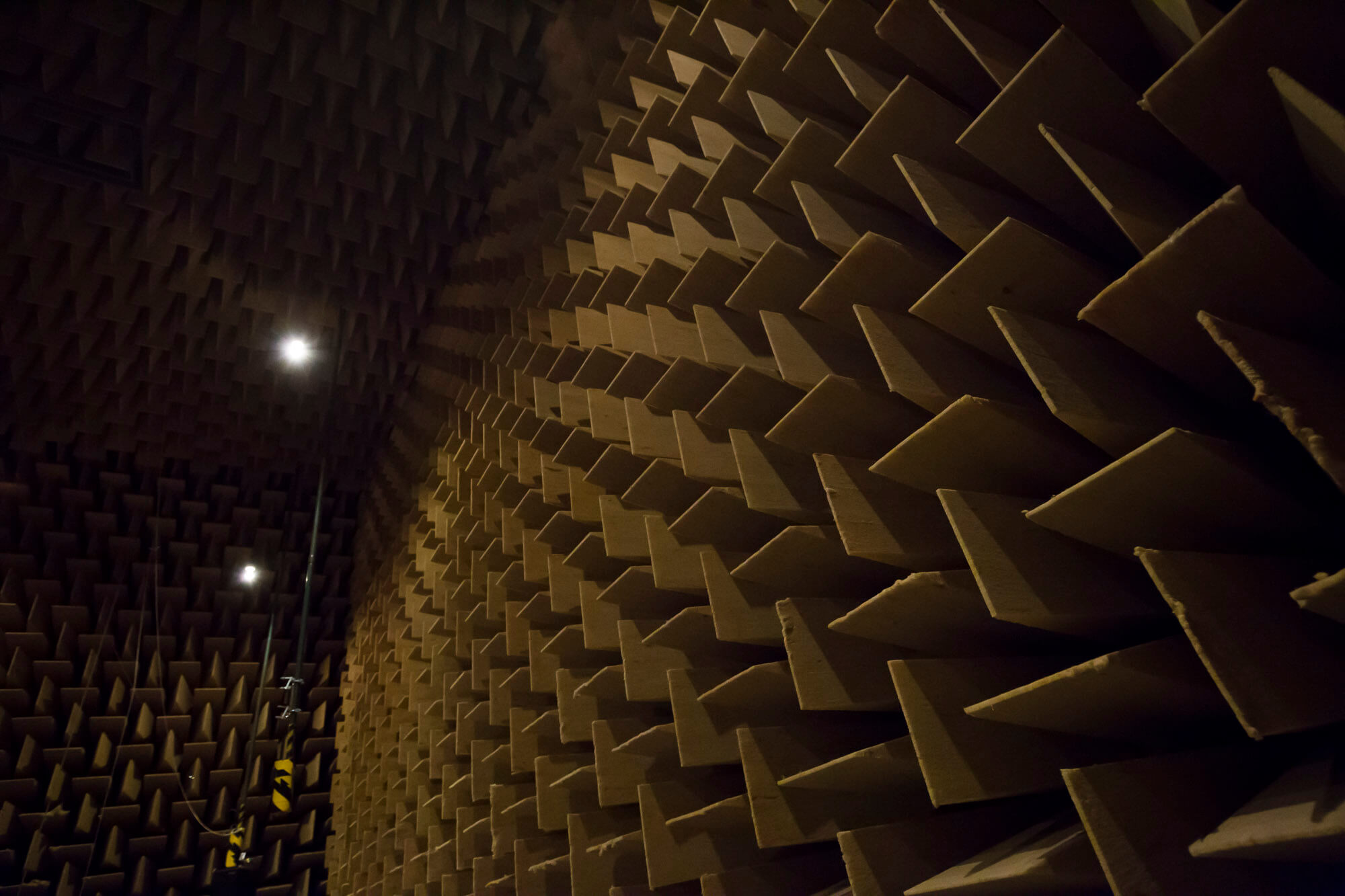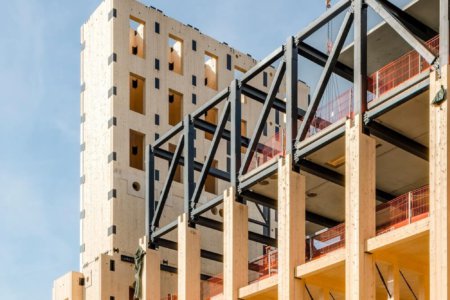Since young, Rebecca Gillie knew she would one day merge her passion for music with her knack for physics and math. Studying acoustics was the only way to go. Once she completed her undergraduate studies in audio and music engineering, Gillie realised she was far from done. The programme gave her a strong foundation in audio electronics, software design and recording; however, to truly pursue the role of her dreams –– acoustical consultancy –– a master’s degree in acoustics was essential.
Born and raised in the US, Gillie initially planned on keeping her postgraduate adventure local until she realised a majority of the programmes available close to home focused on topics she had already mastered. Thankfully, she took her web searches international and eventually stumbled upon Chalmers University of Technology –– where a robust, two-year Sound and vibration, MSc is housed.
The programme is designed to cater to the curiosity of budding engineers like Gillie vying to contribute to a “better acoustic world” –– specifically by creating products with high sound and vibration quality, and to contribute to sustainable built environment and infrastructure.

The Division of Applied Acoustics comprises a teaching laboratory, an anechoic chamber (pictured above), a sound insulation suite, and much more. Source: Chalmers University of Technology
The task at hand is monumental and indeed no easy feat, hence the programme’s interdisciplinary nature. While students explore the field of acoustics, they grasp the integrated basics of physics, mechanics, physiology, signal processing, psychology, and electrical engineering. Students could even choose to specialise in noise control engineering, architectural acoustics, environmental acoustics, or audio technology –– all of which makes them versatile for various career opportunities.
“Most MSc programmes on acoustics educate towards a specific profession such as audiology,” confirms Associate Professor Jens Ahrens. “This requires students to choose their specialisation early. Our programme covers the entire range of acoustics to provide orientation in this broad field.”
Three UN Sustainable Development Goals (SDGs) are covered for maximum impact: Good health and well-being; industry, innovation and infrastructure; and sustainable cities and communities. The programme integrates topics of high relevance such as noise level prediction; reduction of unwanted noise and vibrations; good acoustic environments; adequate road infrastructure and road vehicles, rail infrastructure, and rail vehicles and machinery. It also enables students to explore concepts related to transport systems (e.g. what affects the sources of sound), housing of residents (e.g. building acoustics), and urban sound planning.
Lessons are conducted by an expert faculty that knows every student by name. They ensure the course is delivered the Chalmers way –– project-based and hands-on. Everyone gets the chance to work in teams. Together, they learn to effectively plan, organise and meet deadlines before presenting compelling results.
Gillie’s most memorable course was the MSc’s most collaborative. In Room Acoustics sessions, she worked alongside architecture students to learn about their design process while helping them understand the acoustic implications of room shapes, sizes and building materials. Contributions from the projects have won the Acoustical Society of America (ASA) “Student Design Competition” in Architectural Acoustics several times.

Source: Chalmers University of Technology
“The experience is applicable to the work I do today, communicating with customers who have limited knowledge of acoustics,” she explains. “I help them understand how different choices impact the noise environment. While I don’t currently work directly with architects on projects, I have many co-workers that do.”
Gillie landed her job as a project assistant at Brekke & Strand Akustik during the summer between her two years at Chalmers. Today, a graduate, she’s still with the company, but as the consultant she’s always wanted to be. With her dynamic qualification came more responsibility. “Over the past two years, my role has progressed from assisting with measurements and calculations to having independent responsibility in calculations and a larger role in customer contact and project planning,” she explains.

The Sound and vibration, MSc was designed to cater to the curiosity of budding engineers vying to contribute to a “better acoustic world”. Source: Chalmers University of Technology
Graduates from the Sound and vibration, MSc can also be found at esteemed companies such as Volvo Cars, Volvo Trucks, Sony Ericsson, WSP, AFRY, SWECO, Brekke & Strand, Cochlear, Sigma Connectivity, Zound Industries.
Others take the doctorate route. Strongly influenced by current research performed at Chalmers, this MSc is an ideal pathway to a PhD. In fact, master’s theses are often linked to the discoveries made at the Division of Applied Acoustics –– leading laboratories where the European Commission has funded numerous projects. The division comprises a teaching laboratory, an anechoic chamber, a sound insulation suite (comprising four reverberation chambers), a listening lab, an audio lab, and a laboratory space for vibroacoustic research.
Becoming a part of this top Swedish university has never been easier thanks to a range of scholarships reserved for international students. After submitting a programme application, all international students out of the EU are eligible to apply for funding that will be valid for two years of study. To join the fight for a better acoustic world, click here to apply now.
Follow Chalmers University of Technology on Facebook, Instagram, Twitter, and YouTube












